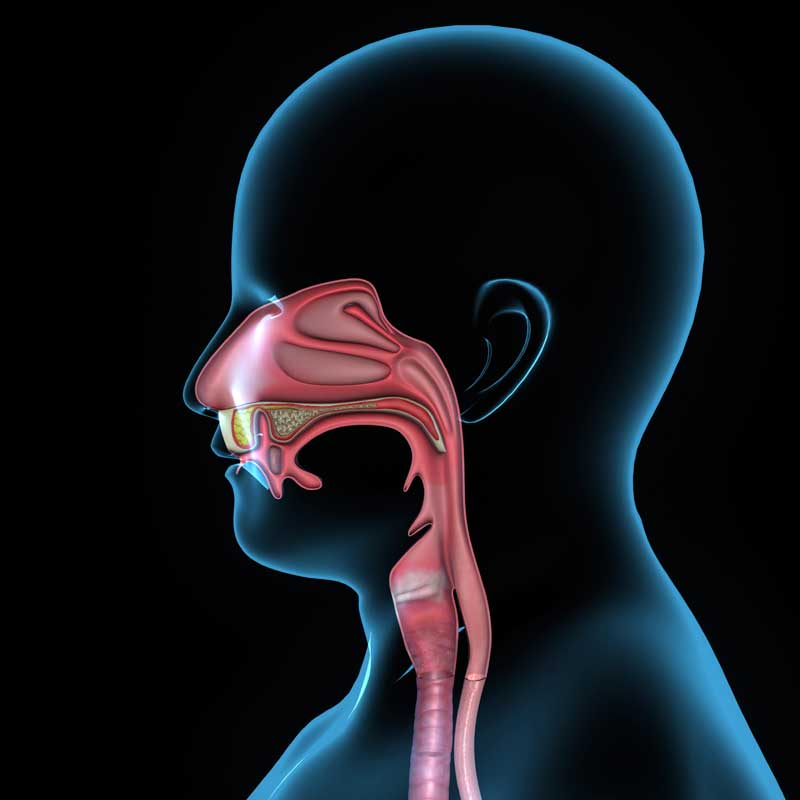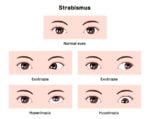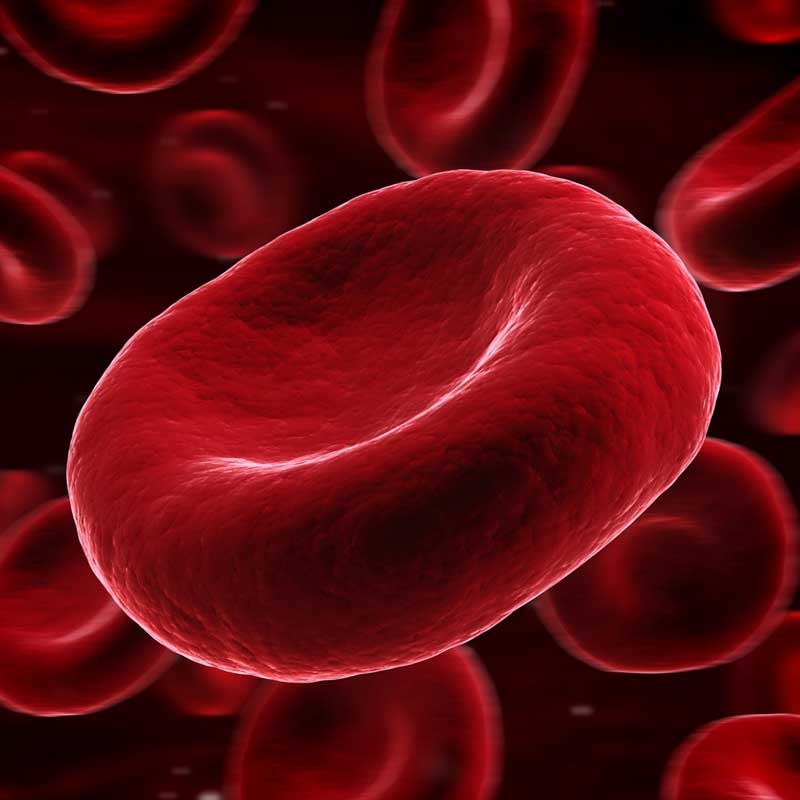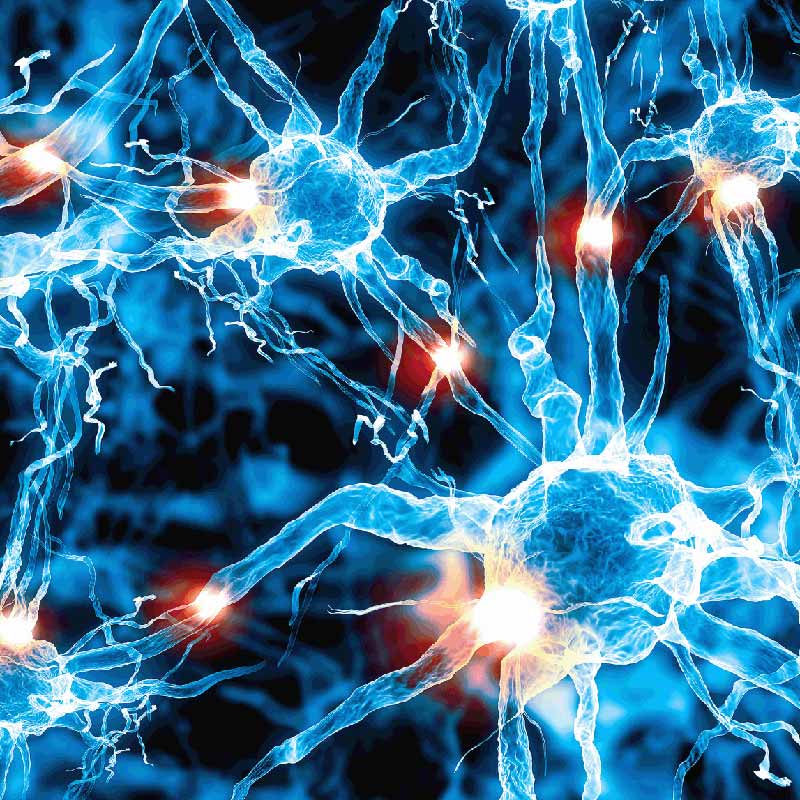Follow along with the NCCPA™ PANCE and PANRE EENT Content Blueprint
- 61 PANCE and PANRE EENT Content Blueprint Lessons
- 109 Question EENT Comprehensive Exam
- Comprehensive Eyes, Ears, Nose, and Throat System Lecture and Slides with Joe Gilboy PA-C (video lesson)
- EENT Blueprint Pearls Flashcards + flashcards integrated into lessons
- Picmonic™ integrated Blueprint Lessons
- 20 EENT Pearls High Yield Summary Tables (included as lessons)
- ReelDx integrated video content (available to Smarty PANCE ReelDx Level subscribers)






